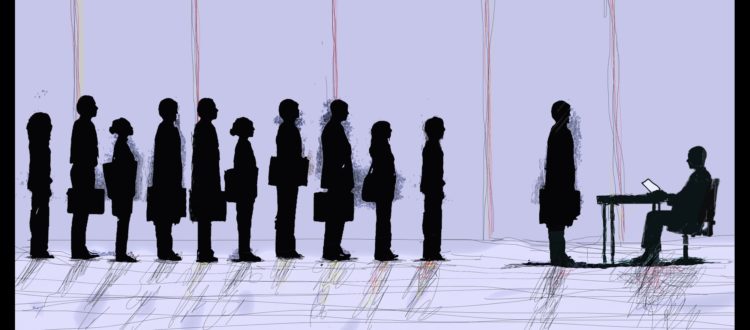62.8%: Labor Force Participation Has Hovered Near 37-Year-Low for 11 Months
Published on March 6th, 2015
Ali Meyer
March 6, 2015
CNSNews
The labor force participation rate hovered between 62.9 percent and 62.7 percent in the eleven months from April 2014 through February, and has been 62.9 percent or lower in 13 of the 17 months since October 2013.
Prior to that, the last time the rate was below 63 percent was 37 years ago, in March 1978 when it was 62.8 percent, the same rate it was in February.
 “The civilian labor force participation rate, at 62.8 percent, changed little in February and has remained within the narrow range of 62.7 to 62.9 percent since April 2014,” the BLS said in its release on the February employment data.
“The civilian labor force participation rate, at 62.8 percent, changed little in February and has remained within the narrow range of 62.7 to 62.9 percent since April 2014,” the BLS said in its release on the February employment data.
92,898,000 Americans were not in the labor force in February, according to data released from the Bureau of Labor Statistics (BLS) on Friday.
The labor force participation rate is the percentage of the civilian noninstitutional population who participated in the labor force by either having a job during the month or actively seeking one.
In February, according to BLS, the nation’s civilian noninstitutional population, consisting of all people 16 or older who were not in the military or an institution, reached 249,899,000. Of those, 157,002,000 participated in the labor force by either holding a job or actively seeking one.
The 157,002,000 who participated in the labor force was 62.8 percent of the 249,899,000 civilian noninsttutional population, which matches the 62.8 percent rate in April, May, June, and October of 2014 as well as the participation rate in March of 1978. The participation rate hit its lowest level since February 1978 (62.7 percent) in September and December of 2014.
BLS points to the aging of the baby boom generation as a key factor affecting the labor force participation rate:
“In 2000, baby boomers were aged 36 to 54 years and were in the group with the highest participation rates: the prime-aged group 25 to 54 years old. The participation rate for women in this group was 76.7 percent and for men was 91.6 percent, so that the overall participation rate of the group was 84.0 percent. The participation rate of the next-older age group, that 55 years and older, was 32.4 percent, so the difference between the two age groups was 52 percentage points.”
But, with the passage of every year after 2000, a segment of the baby-boomer population passes into the 55-years-and-older age group, thus moving from a group with a high participation rate in the labor force to an age category with a much lower participation rate, causing the overall participation rate to decrease, BLS explained.
“The baby boomers’ exit from the prime-aged workforce (with the highest participation rates) into the 55-years-and older age groups (with much lower participation rates) will ultimately lower the overall labor force participation rate, leading to a slowdown in the growth of the labor force.”
In February, 92,898,000 people did not participate in the labor force. These Americans did not have a job and were not actively trying to find one. When President Obama took office in January 2009, there were 80,529,000 Americans who were not participating in the office, which means that since then, 12,369,000 Americans have left the workforce.
Of the 157,002,000 who did participate in the labor force, 148,297,000 had a job, and 8,705,000 did not have a job but were actively seeking one -– making them the nation’s unemployed.
The 8,705,000 job seekers were 5.5 percent of the 157,002,000 Americans actively participating in the labor force during the month of February. Thus, the unemployment rate for that money was 5.5 percent.





